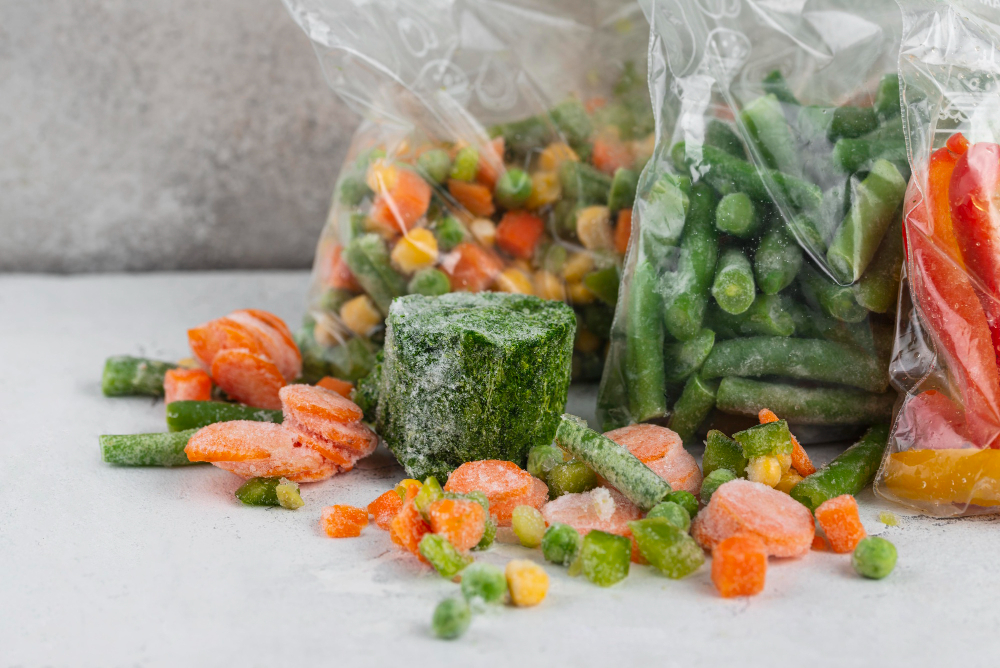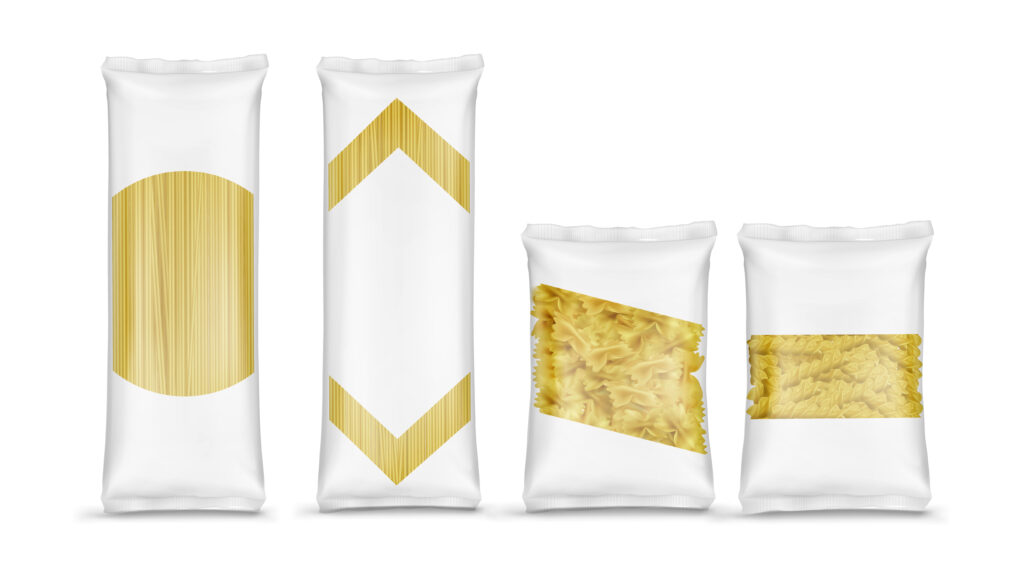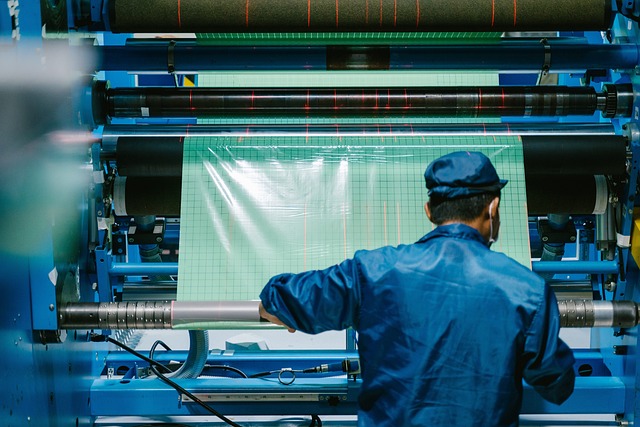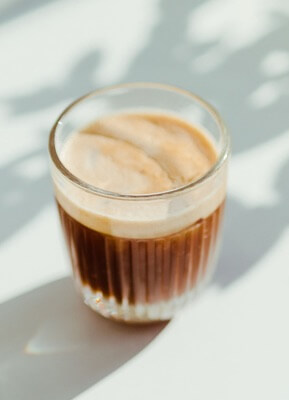When we talk about the water resistance of PET chips, we’re essentially discussing how to ensure that PET material can maintain its performance in humid or high-temperature conditions. It is crucial in various fields like agriculture, construction, geotechnical engineering, industry, and transportation, where PET materials are used to make fibers, films, non-woven fabrics, and other products that need to withstand weathering, including UV resistance, water resistance, and resistance to humidity-induced aging.
So, how can we enhance the water resistance of PET chips? Research has shown that a. appropriately increasing the viscosity of PET chips and increasing the polymerization of PET macromolecules help enhance the mechanical performance of the final PET film in humid and hot environments. b. reducing the COOH content of PET chips and maintaining the mass fraction of DEG at a stable level of (1.0 ± 0.2) %, along with adding an anti-hydrolysis agent such as carbon diimide or polydicyclopentadiene at a mass fraction of 0.1% to 1.5%, contributes to improving the water resistance of PET films.
1. What is PET hydrolysis?
We need to understand the mechanism of PET hydrolysis. Hydrolysis is essentially a reverse reaction of esterification, leading to the breaking of PET polymer chains and thus the loss of its original properties. In the process of hydrolysis, the role of water molecules is crucial as they play a pivotal role in the reaction.
Firstly, water molecules cause the breakdown of PET polymer chains, resulting in the formation of harmful carboxyl groups (-COOH). These carboxyl groups further ionize into hydrogen ions (H+), catalyzing further degradation of PET. This imparts a self-catalytic nature to the PET hydrolysis reaction, accelerating its progress. Consequently, the material’s surface finish and physical properties, such as strength, undergo significant deterioration.
Additionally, water molecules can penetrate the internal structure of PET materials, altering their molecular aggregation state and significantly affecting the crystallinity and crystalline properties of PET.

So, how can we improve the water resistance of PET materials? Here are some key factors to consider:
2. The Impact of Viscosity
Research shows that moderately increasing the viscosity of PET chips can help enhance the mechanical performance of PET films in humid and hot conditions. Higher viscosity PET materials contribute to increased polymerization of PET high-molecular chains, which, in turn, helps reduce the content of COOHs. Even in cases of mild hydrolysis, higher viscosity materials can maintain appropriate tensile strength and elongation properties.
3. The Influence of COOH Content
Reducing the COOH content in PET chips is crucial for improving water resistance. PET chips with lower COOH content exhibit better tensile strength after simulated humid aging. Lowering the COOH content helps reduce the ionization of carboxyl groups in the presence of water, effectively preventing the hydrolysis reaction.

4. The Impact of DEG Content
The DEG content is a crucial indicator to assess the degree of etherification reactions in PET materials. Excessive DEG content can lead to a decrease in PET’s melting point, color deviation, and a reduction in the material’s resistance to light, heat, and water resistance. Therefore, controlling the DEG content is essential. Additionally, adding hydrolysis inhibitors like carbon diimide or polydicyclopentadiene in the range of 0.1% to 1.5% by mass during PET production can reduce the catalytic effect of PET COOH on ester hydrolysis.
In conclusion, improving the water resistance of PET materials involves considering factors like viscosity, COOH content, and DEG content. By effectively controlling these factors, we can ensure that PET materials maintain their performance in humid and hot environments, meeting the requirements of various applications. Continuous research and experimentation will further enhance our understanding and refinement of PET material’s water resistance performance.




